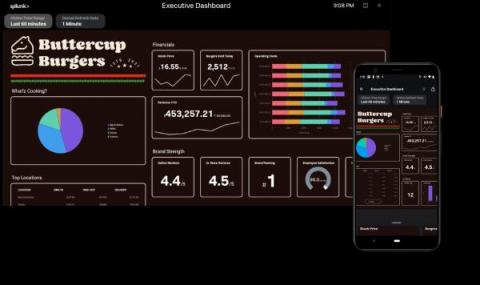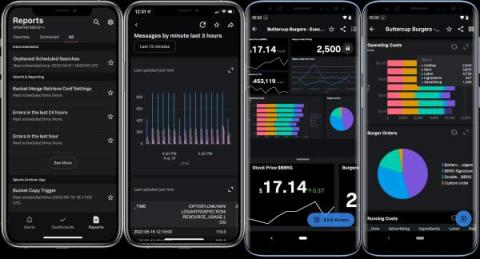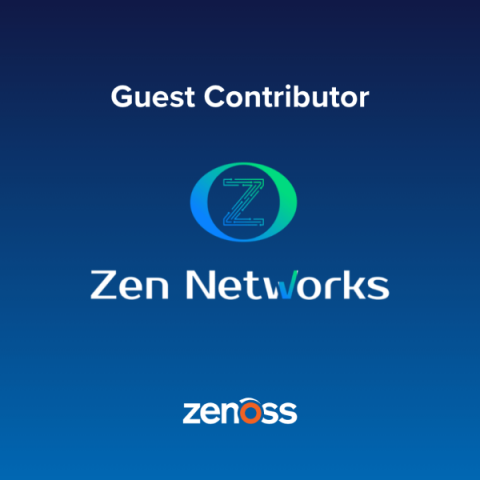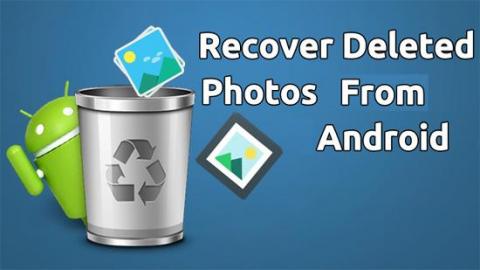Welcome to Splunk Secure Gateway 3.0
Splunk Mobile puts the power of Splunk in your hands. But with great power, comes great responsibility. That’s why this year with the release of Splunk Enterprise 9.0, we’ve shipped Splunk Secure Gateway (the backend service that powers Splunk Mobile) with even more features and tools to help you responsibly manage your mobile fleet.











